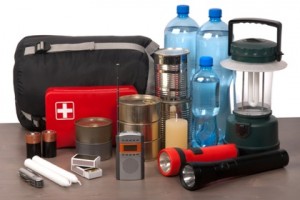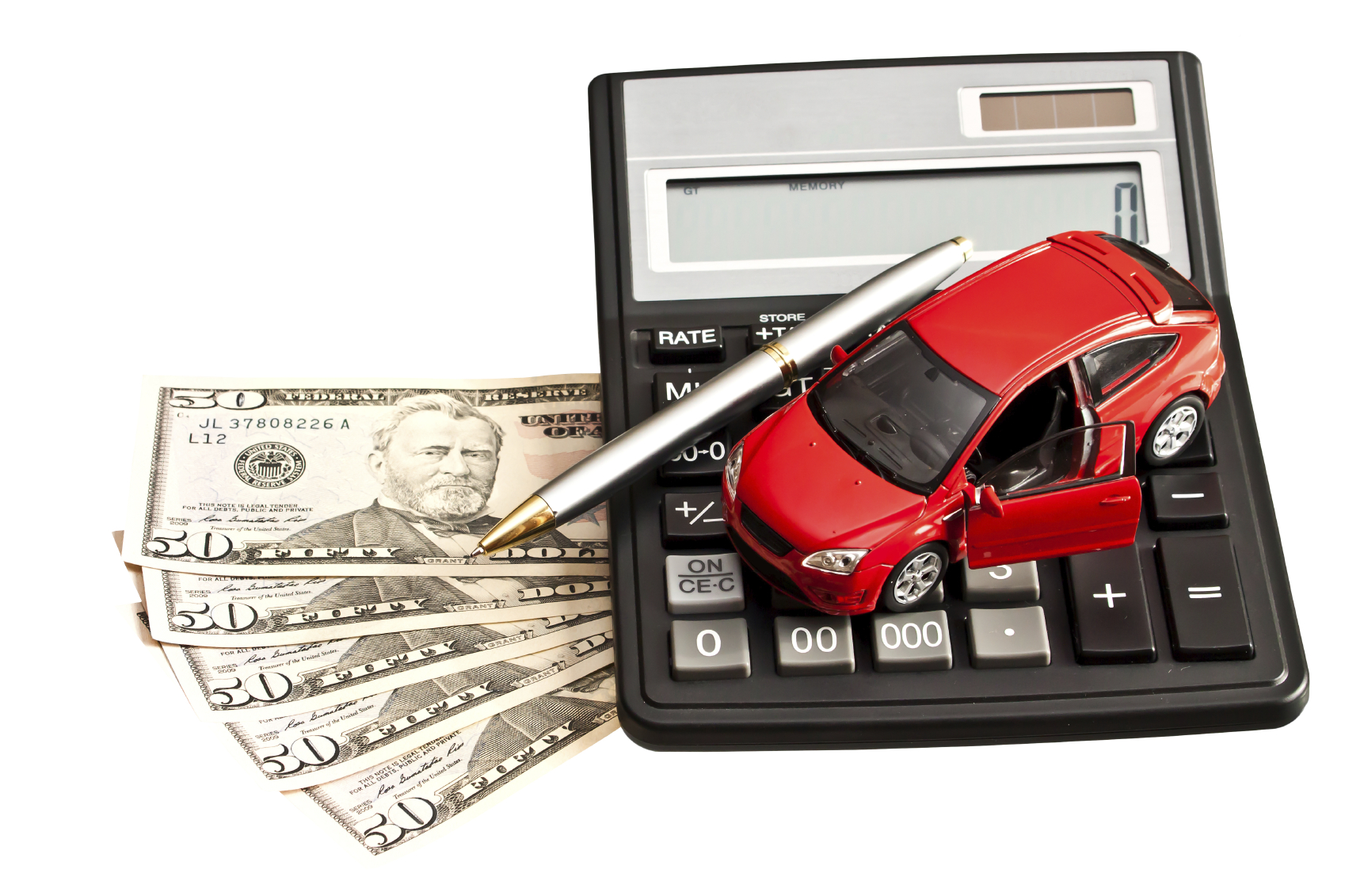
Hurricane season is starting, so we thought it would be a good time to visit the topic of a home emergency kit for natural disasters. Don’t wait for a impending storm to get your emergency kit prepared as supplies may be limited by that time. Here are some things that you can gather now and have ready in your home.
Food & Water
As a general rule, it is a good idea to have at least three day’s worth of food and water for you and your family (although more is certainly better). For bottled water, estimate at least a gallon per day for each person in your household. For food, focus on non-perishable foods such as canned and dry foods. Select food items that do not need heating or preparation in case you lose power. Also, make sure that you have a regular hand operated can opener available.
Safety Supplies
Your toolkit should include a variety of items related to safety. Flashlights are a must. Make sure that you have extra batteries as well. Candles are also great to have on hand. A battery-operated radio can help you stay up to date on emergency announcements. Rain coats and water proof footwear are not a must but can be extremely helpful as well. Include some basic tools such as hammers and wrenches in case you need to turn off utilities or address other basic repairs.
Health Supplies
Keep a first aid kit supplied with all of the necessities. Be sure to include hand sanitizer and anti-bacterial ointments/sprays. If your family relies on certain medications, keep extra in the first aid kit in case you are unable to make it to the pharmacy for a few days.
Other Supplies
Some supplies are less obvious and are often missed. Here are some additional items you may want to include in your home emergency kit for natural disasters.
- Garbage bags
- Paper plates and utensils
- Plastic gloves
- Whistle (to call for help)
- Cell phone charger (not requiring to be plugged in)
- Generator
- Board games and activities for the kids
- Plastic and duct tape
Storing Home Emergency Kits for Natural Disasters
Keep your emergency kit items in a cool and dry place. Avoid storing them in low lying areas that are susceptible to flooding. Lastly, consider swapping out items (such as canned foods and batteries) regularly to ensure that your kit remains fresh. For additional home and weather safety tips, be sure to follow Eagle Trust Insurance on FaceBook.

 How To Request Free Credit Reports
How To Request Free Credit Reports

